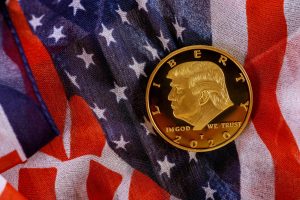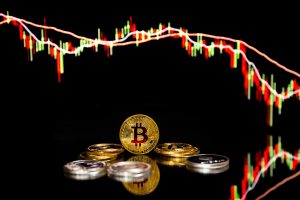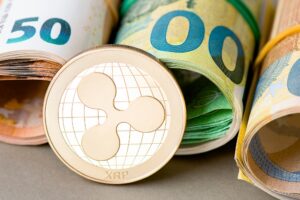China’s smartphone market saw a modest rebound in the first quarter of 2025, with shipments rising 3.3% year-over-year, according to data released Friday by research firm IDC. The improvement comes amid a global slowdown in consumer electronics but underscores China’s gradual recovery in consumer demand.
However, the recovery wasn’t shared equally among leading brands. Apple’s shipments in China declined by 9%, while Huawei posted a 10% increase, reflecting a shift in domestic consumer preference and the impact of tariffs on imported goods.
Japan’s Inflation Accelerates, Rate Hikes Under Pressure
Meanwhile, in Japan, core inflation surged to 3.2% in March, marking a continued departure from the Bank of Japan’s long-standing 2% target. According to government data, food costs and rising service prices were the primary drivers behind the uptick.
The inflation figure matched market forecasts but signaled persistent upward price pressure that may delay the BOJ’s plans for further rate hikes. A separate inflation measure that excludes volatile food and fuel prices climbed to 2.9% from 2.6% in February, further highlighting the broad-based nature of price increases.
Economists are growing increasingly concerned that U.S. President Donald Trump’s steep tariffs, recently imposed on a wide range of imports, could weaken both domestic and global economic outlooks, just as Japan’s export-dependent recovery gains momentum.
“Food prices will stay elevated for the time being due to global bad weather and higher imported food costs,” said Takeshi Minami, chief economist at Norinchukin Research Institute. He warned that the BOJ may push back its next rate hike to July or later due to rising global uncertainties.
The BOJ is expected to hold interest rates steady at 0.5% during its meeting next week, while also lowering its growth projections to account for tariff-related pressures. This cautious stance underscores the fine balance policymakers must strike between containing inflation and avoiding economic stagnation.
Japanese households are already feeling the impact of inflation, with rice prices jumping 92.5% in March compared to the same period last year. The broader rise in living costs is fueling concern over consumer spending declines, potentially threatening Japan’s fragile post-pandemic recovery.
Finance Minister Katsunobu Kato added to the alarm, warning that the U.S. tariffs “heighten uncertainty” and could significantly impact Japan’s economy.







